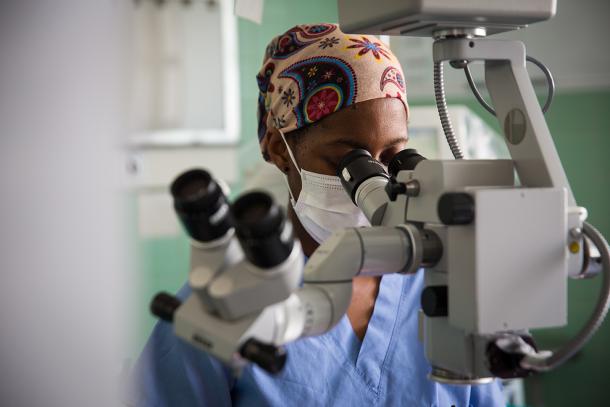On 22 December 2015, the General Assembly decided to establish an annual International Day to recognize the critical role women and girls play in science and technology, through Resolution A/RES/70/212.
The International Day of Women and Girls in Science, celebrated on 11 February, is implemented by UNESCO and UN-Women, in collaboration with institutions and civil society partners that aim to promote women and girls in science. This Day is an opportunity to promote full and equal access to and participation in science for women and girls. Gender equality is a global priority for UNESCO, and the support of young girls, their education, and their full ability to make their ideas heard are levers for development and peace.
This year’s celebration, which marks the 10th anniversary of this International Day, focuses on Unpacking STEM Careers: Her Voice in Science, with a hybrid event on 11 February 2025.

Tackling some of the greatest challenges of the Agenda for Sustainable Development – from improving health to combating climate change – will rely on harnessing all talent. That means getting more women working in these fields. Diversity in research expands the pool of talented researchers, bringing in fresh perspectives, talent, and creativity. This Day is a reminder that women and girls play a critical role in science and technology communities and that their participation should be strengthened.

Although Science, Technology, Engineering, and Mathematics (STEM) fields are widely regarded as critical to national economies, so far most countries, no matter their level of development, have not achieved gender equality in STEM.
Despite statistics that show close performance
of girls and boys in science and mathematics, strong gendered stereotypes prevail: many girls are still less encouraged in STEM fields and have limited choices (if any) for their education and career development
Even countries that have reached gender parity
in terms of researchers are still facing important challenges in achieving it in all aspects, since vertical and horizontal segregation persist as barriers.
Women occupy a small minority of top-level positions
despite an improvement in recent years and only 22 women have been awarded a Nobel prize in a scientific discipline to date.
The 2030 Agenda includes a bold commitment “to leave no one behind”
To shed light on the intersecting inequalities through the collection & analysis of data that are systematically disaggregated by sex, age, income, disability, ethnicity & other relevant factors.
For more information visit: unesco.org/en/days/women-girls-science
TYT Newsroom
The post February 11: International Day of Women and Girls in Science first appeared on The Yucatan Times.














